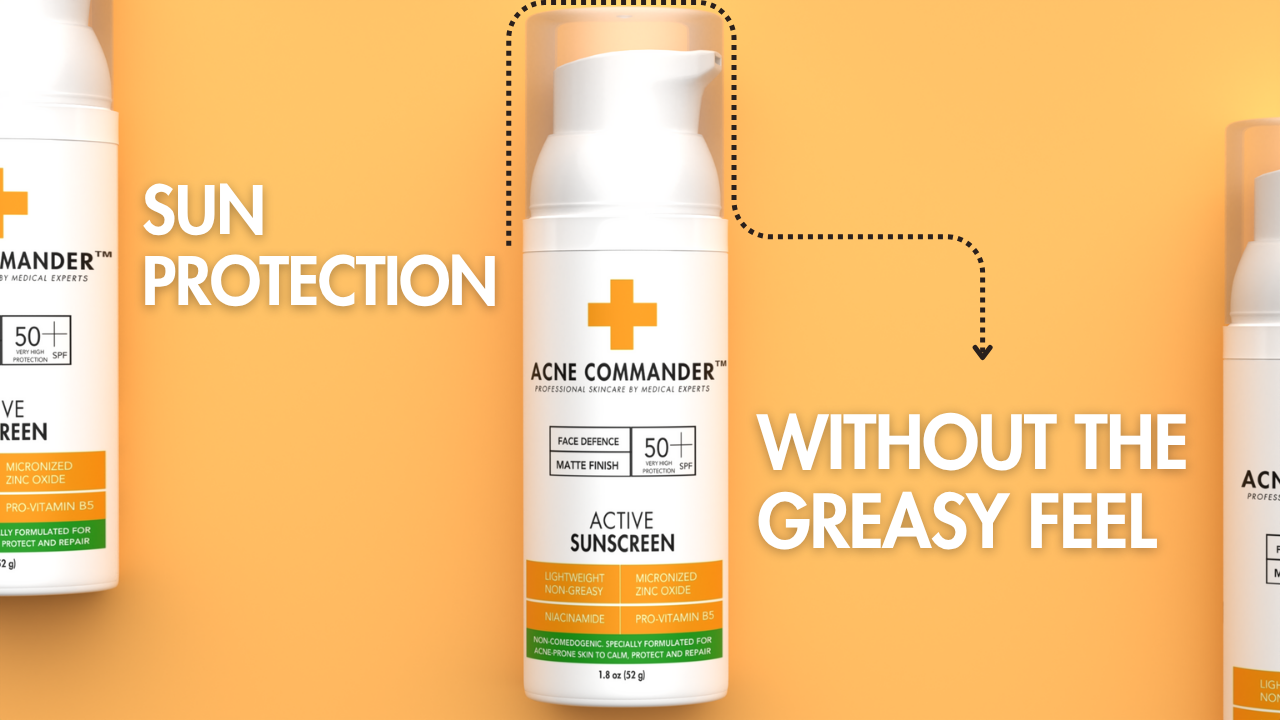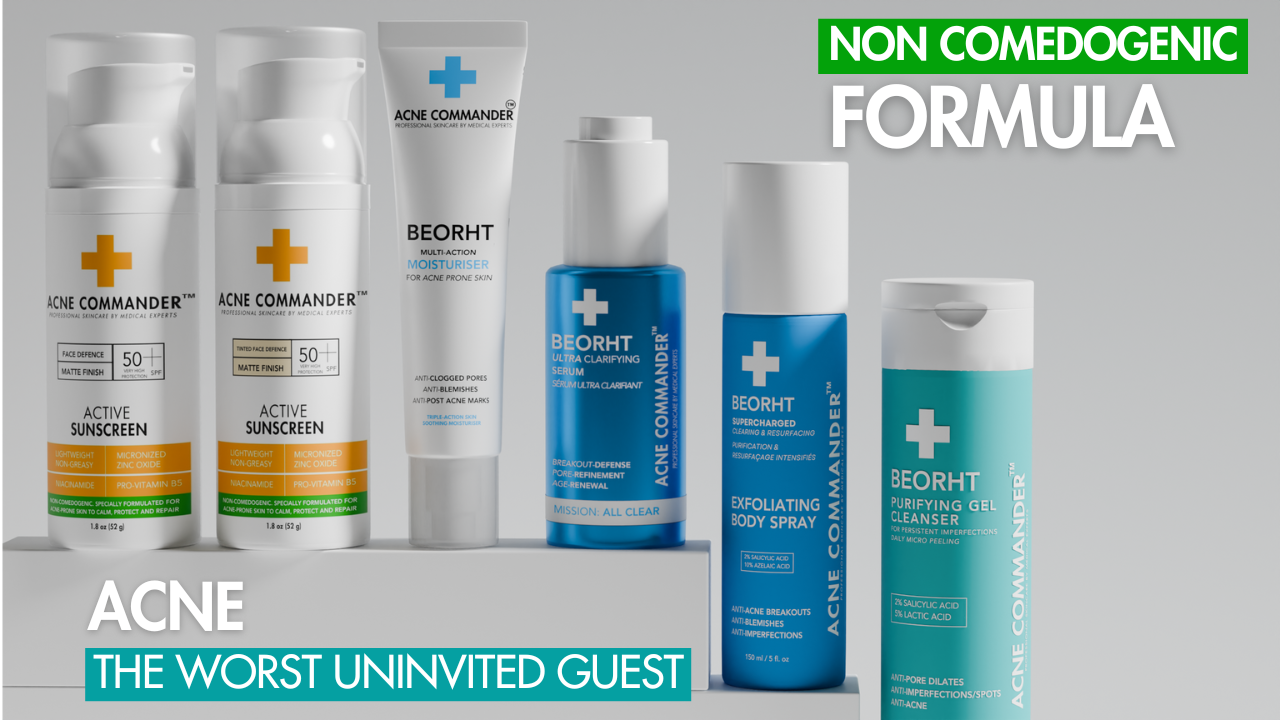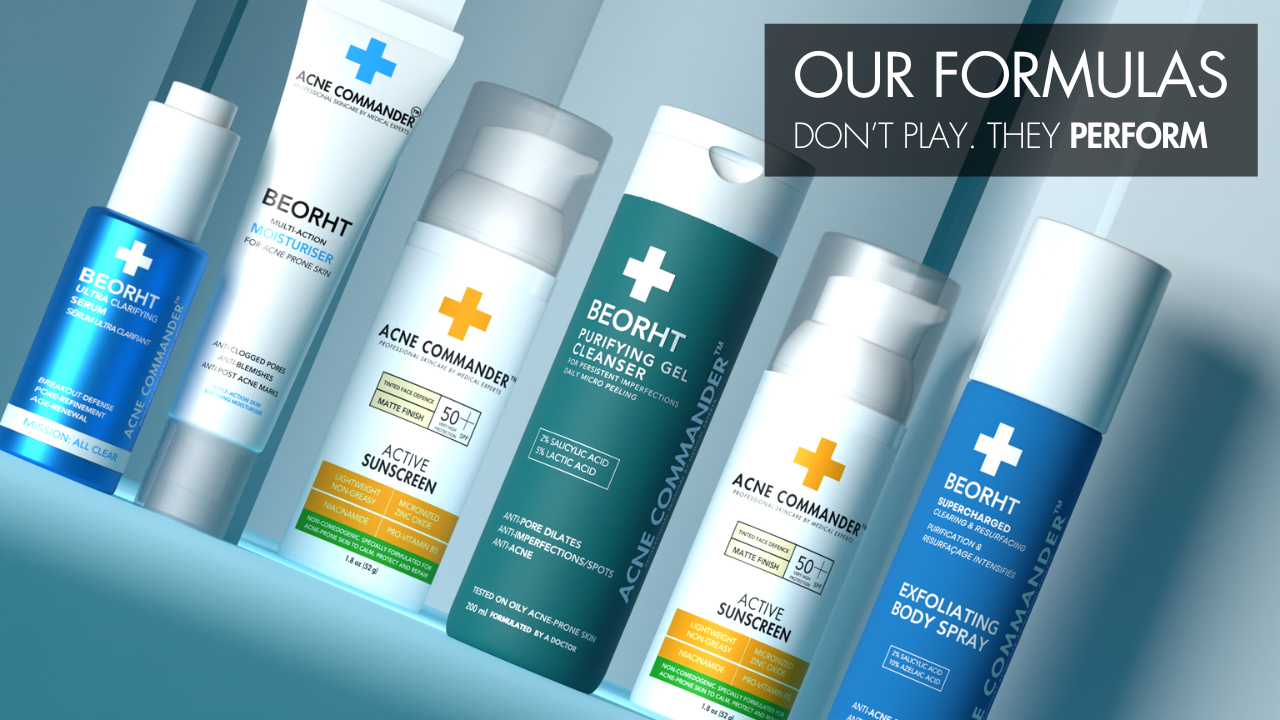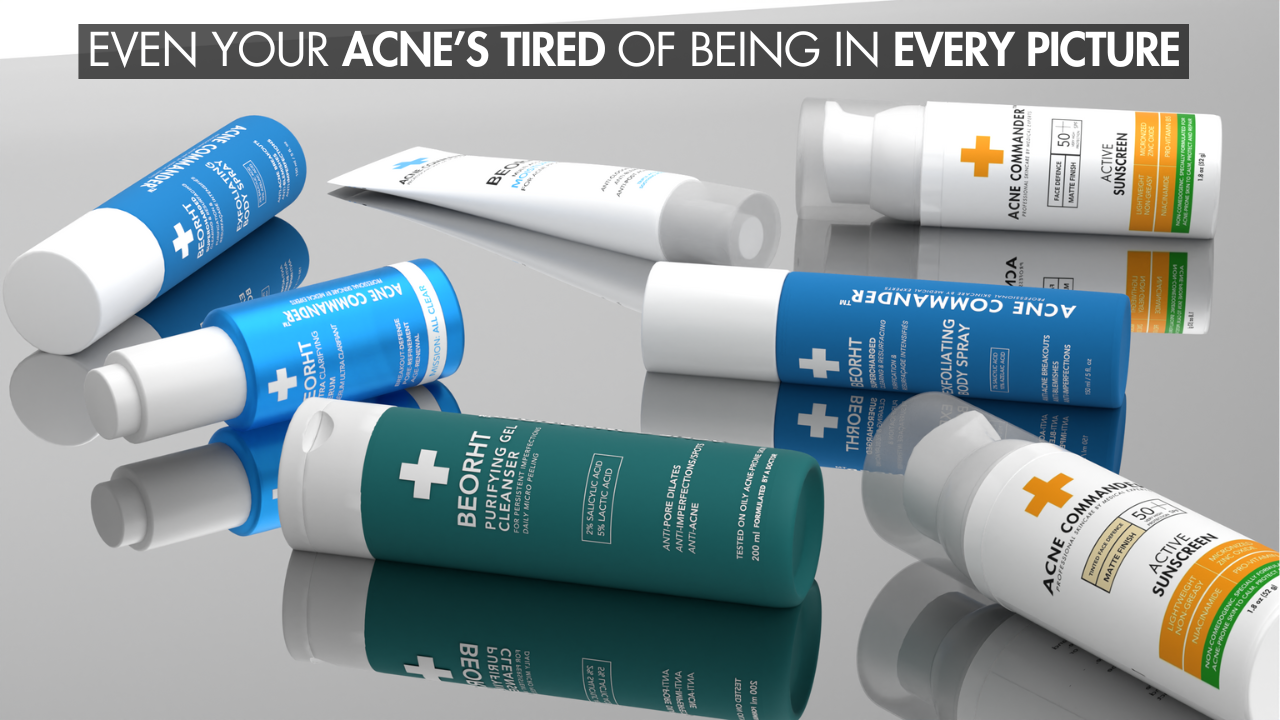Introduction
Acne is one of the most common skincare concerns in the world. Affecting people of all ages, acne can be caused by hormonal imbalances, excess oil production, clogged pores, and bacteria. While store-bought acne products can be effective, they often contain synthetic chemicals, artificial fragrances, and preservatives that may not suit everyone, especially those with sensitive or reactive skin.
Creating your own homemade acne cleanser is a holistic and empowering approach. It allows you to take charge of your skincare, choose high-quality natural ingredients, and tailor your formulas based on your skin type and condition. Not only is this method cost-effective and environmentally friendly, but it also eliminates the risk of unknown irritants and provides therapeutic benefits using botanical extracts and essential oils.
In this comprehensive guide, we will explore everything you need to know about making a homemade acne cleanser from understanding your skin and selecting the right ingredients to crafting effective recipes and using them safely. We’ll also introduce a professional-grade alternative Beorht Purifying Gel Cleanser by Acne Commander for those who want a dermatologist-formulated product with clinical efficacy.
Why Make a Homemade Acne Cleanser?
Total Control Over Ingredients
Many commercial cleansers include sulfates, parabens, drying alcohols, and synthetic fragrances that can worsen acne or cause irritation. When you make your own, you choose what goes in and more importantly, what stays out.
Personalized Skin Care
Each individual’s skin is unique. DIY cleansers allow you to customize ingredients to address specific concerns like oil control, inflammation, or sensitivity. Whether you have cystic acne, hormonal breakouts, or occasional blemishes, you can adapt your recipe accordingly.
Avoid Harsh Chemicals
Natural alternatives like aloe vera, witch hazel, and essential oils can offer antibacterial, anti-inflammatory, and soothing effects without stripping the skin.
Budget-Friendly
You don’t need to spend a fortune to treat acne. Homemade cleansers are made with kitchen and pantry staples or ingredients available at health food stores and they last for weeks.
Eco-Friendly Option
Homemade skincare means fewer plastic containers and reduced environmental impact. You can reuse glass bottles and jars, reducing your carbon footprint.
Understanding Acne-Prone Skin
Before creating a cleanser, it’s essential to understand what triggers your acne. The common causes include:
- Excess sebum (oil) production
- Bacterial overgrowth (especially Propionibacterium acnes)
- Hormonal changes
- Clogged pores from dead skin and debris
- Inflammation and immune response
A good acne cleanser should aim to do the following:
- Cleanse away excess oil without over-drying
- Kill or inhibit acne-causing bacteria
- Calm inflammation
- Support the skin barrier
Top Natural Ingredients for Acne-Fighting Cleansers
1. Tea Tree Oil
Renowned for its antibacterial and anti-inflammatory properties, tea tree oil can kill acne-causing bacteria and reduce swelling. Use only a few drops to avoid irritation.
2. Aloe Vera Gel
Aloe vera hydrates and soothes irritated skin. It also promotes healing and reduces redness and inflammation.
3. Raw Honey (preferably Manuka or organic)
Honey is a natural humectant and antibacterial agent. It helps kill bacteria and retain moisture in the skin, making it ideal for inflamed or dry acne.
4. Witch Hazel (Alcohol-Free)
Witch hazel acts as a natural astringent that tightens pores and reduces oil. Alcohol-free versions are gentler on the skin.
5. Jojoba Oil
Jojoba oil mimics the skin’s sebum, balancing oil production without clogging pores. It’s suitable for oily and dry skin alike.
6. Castile Soap
This is a vegetable-based, biodegradable soap that acts as a mild cleansing base. It removes dirt and oil effectively without harsh detergents.
7. Apple Cider Vinegar (ACV)
ACV restores the skin’s pH and has antimicrobial benefits. Always dilute before use.
8. Lavender Oil or Chamomile Extract (Optional)
These have calming properties for irritated or sensitive skin.
Three Powerful DIY Acne Cleanser Recipes
1. Clarifying Tea Tree Aloe Gel Cleanser
Ingredients:
- 1/4 cup unscented Castile soap
- 1/4 cup aloe vera gel
- 1 tbsp raw honey
- 1 tbsp alcohol-free witch hazel
- 5 drops tea tree essential oil
Instructions:
- Mix aloe, honey, and witch hazel in a glass bowl.
- Add tea tree oil, stir well.
- Slowly add Castile soap while mixing gently.
- Pour into a pump bottle.
- Use twice daily on damp skin. Rinse with lukewarm water.
2. Hydrating Jojoba and Honey Gel Cleanser
Ingredients:
- 2 tbsp raw honey
- 1 tbsp jojoba oil
- 1 tbsp witch hazel
- 1/4 cup Castile soap
Instructions:
- Combine all ingredients.
- Whisk thoroughly and pour into a squeeze bottle.
- Massage onto wet skin and rinse.
3. Balancing ACV and Aloe Cleanser for Oily Skin
Ingredients:
- 1/4 cup aloe vera gel
- 1 tbsp diluted apple cider vinegar (1:3 ratio with water)
- 1 tbsp honey
- 3 drops tea tree oil
Instructions:
- Blend ingredients until smooth.
- Store in a dark amber bottle.
- Shake well before each use.
Tips for Using DIY Cleansers Safely
- Patch test all new recipes on a small area before full application.
- Use clean utensils and containers to avoid bacterial contamination.
- Store in cool, dry places and discard after 2–3 weeks.
- Adjust formulations as your skin changes with seasons or hormones.
- Avoid over-cleansing. Twice daily is sufficient for most skin types.
Professional Option: Beorht Purifying Gel Cleanser by Acne Commander
If DIY isn’t ideal for your lifestyle, Beorht Purifying Gel Cleanser by Acne Commander provides a dermatologist-backed solution that blends science with skin safety. Its formula includes:
Salicylic Acid (2%) – A beta-hydroxy acid that exfoliates inside pores, dissolves oil buildup, and reduces breakouts.
Lactic Acid (5%) – Gently exfoliates the surface layer, improves texture, and fades post-acne marks.
Soothing Botanicals – Like Scutellaria Baicalensis Root Extract and Sophora Angustifolia Root Extract to reduce redness.
Hydrating Complex – Sodium PCA and Butylene Glycol maintain skin hydration.
Non-comedogenic & Fragrance-free – Formulated to avoid pore-clogging or skin sensitization.
With Beorht Purifying Gel Cleanser by Acne Commander, you get convenience and consistency, no mixing, no guesswork, just results.
Explore detailed information for Acne Commander's Beorht Purifying Gel Cleanser. Click Here
Homemade vs. Beorht Purifying Gel Cleanser: What’s Best?
|
Feature |
Homemade Acne Cleanser |
Beorht Purifying Gel Cleanser by Acne Commander |
|
Ingredient Control |
100% (you decide everything) |
Limited but expertly formulated |
|
Actives (Salicylic/Lactic Acid) |
Optional and not always stable |
Clinically dosed and stable |
|
Shelf Life |
Short (2–3 weeks) |
Long (12+ months) |
|
Ease of Use |
Requires preparation |
Ready to use |
|
Performance |
Variable; may take time |
Fast-acting; designed for acne-prone skin |
FAQ
Q1: Can I make a homemade acne cleanser?
Yes, with ingredients like aloe, honey, and tea tree oil, you can create effective acne-fighting cleansers at home.
Q2: Is Beorht Purifying Gel Cleanser more effective than DIY?
For consistent, clinical-grade results, Beorht Purifying Gel Cleanser provides professionally formulated treatment that often outperforms homemade recipes.
Q3: Can I use honey in my cleanser every day?
Absolutely. Honey is gentle enough for daily use and helps heal inflamed skin.
Q4: How long does a homemade cleanser last?
Typically 2–3 weeks if stored properly. Always check for changes in smell, texture, or color.
Q5: Should I use a toner afterward?
Yes. Follow cleansing with an alcohol-free toner and non-comedogenic moisturizer.
Q6: Can I use essential oils?
Yes, but always dilute and patch tests to avoid sensitivity.
Q7: Is Beorht Purifying Gel Cleanser non-comedogenic?
Yes, it’s specifically designed not to clog pores.
Q8: Can homemade cleansers help with acne scars?
While they can prevent new breakouts, fading scars may require additional treatments like Vitamin C or AHAs.
Conclusion
Making your own facial cleanser for acne empowers you to take skincare into your own hands. Using natural ingredients like honey, aloe, tea tree oil, and witch hazel, you can build effective cleansers that target breakouts, soothe inflammation, and restore balance. Homemade cleansers are safe, affordable, and customizable.
However, for those seeking convenience, proven efficacy, and expert formulation, Beorht Purifying Gel Cleanser by Acne Commander is an excellent option. With active ingredients like Salicylic Acid and Lactic Acid and a non-comedogenic base, it delivers visible results without irritation.
No matter which route you choose DIY or professional-grade the key to clearer skin is consistency, patience, and gentle care.
Call to Action:
Craft your own cleanser or experience clinical care with Beorht Purifying Gel Cleanser by Acne Commander. Achieve your clearest skin naturally or scientifically.






